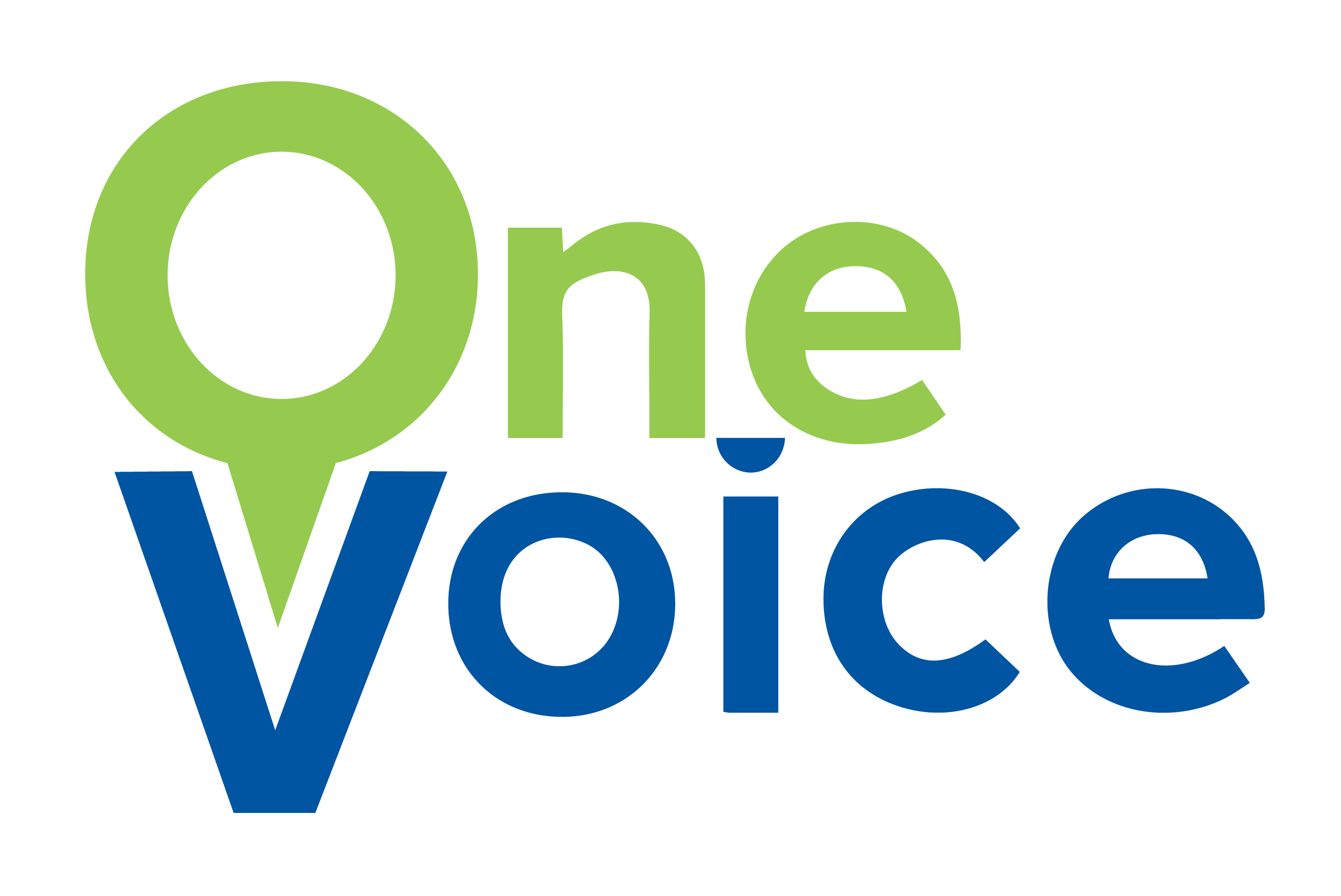State family and medical leave laws give workers the time they need to care for their health and their families.¹ While these laws vary in terms of pay, protections, and eligibility, they strengthen families, support businesses, and boost the economy by allowing workers to manage caregiving responsibilities without financial hardship.
The Family and Medical Leave Act (FMLA) is a federal law that provides up to 12 weeks of unpaid, job-protected leave within a 12-month period.² Employees can use FMLA leave to:
FMLA applies to private employers with 50 or more employees.³ Additionally, states can expand on FMLA protections, and many have done so.⁴
States have implemented different policies to address paid leave needs. These policies include:
Mississippi’s lack of paid leave policies is harming workers and the economy. Without paid family and medical leave:
To ensure a strong, inclusive, and effective state-level paid leave program, key policy considerations should include:
Protects workers who need time off for their own health, parental bonding, caregiving, military-related needs, and recovery from domestic or sexual violence.
Ensures workers receive 80-100% of their wages, particularly for low-income workers.
Ensures workers can return to their jobs without fear of retaliation, demotion, or termination.
Allows workers to accrue paid leave based on a minimum wage standard, not just hours worked.
Recognizes non-traditional and extended family caregiving relationships beyond legal or biological ties.
Provides at least 12 weeks of paid leave.
Covers all workers, including full-time, part-time, self-employed, seasonal, and independent contractors, across all industries and employer sizes.
Requires employers to help fund the program.⁹
¹ “Paid Leave.” U.S. Department of Labor, Women’s Bureau, https://www.dol.gov/agencies/wb/featured-paid-leave.
² “State Family and Medical Leave Laws.” National Conference of State Legislatures, 17 July 2023, https://www.ncsl.org/labor-and-employment/state-family-and-medical-leave-laws.
⁶ “EPI Response to the Bipartisan Congressional Paid Leave RFI.” Economic Policy Institute, 27 Sept. 2023, https://www.epi.org/publication/epi-response-to-the-bipartisan-congressional-paid-leave-rfi/.
⁸ “Paid Leave Means a Stronger Mississippi.” Apr. 2023, National Partnership for Women & Families, https://nationalpartnership.org/wp-content/uploads/2023/04/paid-leave-means-a-stronger-mississippi.pdf.
⁹ “EPI Response to the Bipartisan Congressional Paid Leave RFI.”

Our mission is to ensure an equal voice for traditionally silenced communities. When One Voice’s work is done, we envision a Mississippi with a healthy vibrant thriving neighborhoods, schools, economy, and most importantly families.
123 Main Street
New York, NY 10001
One Vision. One Village. One Voice